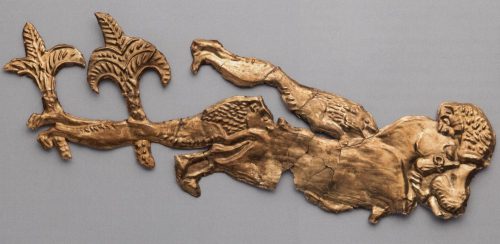All stories

Learning From Snapshots of Lost Fossils

What Ancient Goat Teeth Reveal About Animal Care

Why Store 41,000 Bison Bones?

Unearthing Culinary Pasts—With Help From Llama Poop

Excavating a 19th-Century Detroit Saloon

What a Cow’s Horn Reveals About Khoisan Medicine

Piecing Together History From a Roman Mosaic
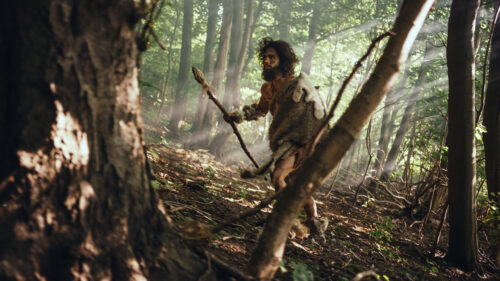
Did Meat Do Neanderthals In?
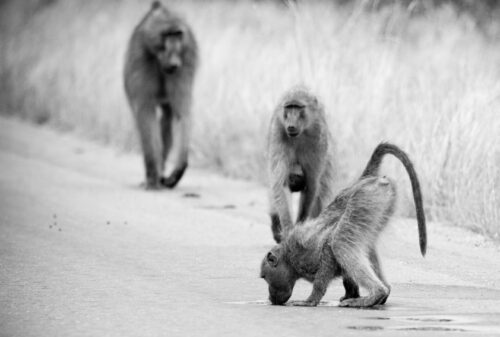
Extracting Hominin Evolution From Fossilized Teeth
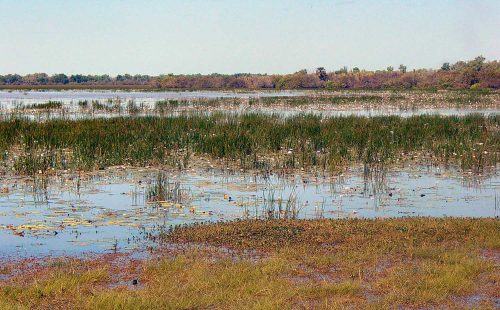
Cooking Debris in an Australian Cave Tells a Story of Resilience
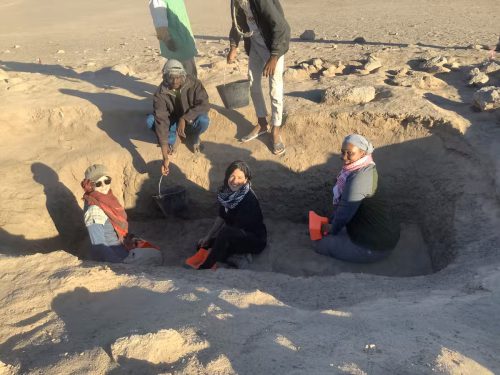
Reinterpreting Life and Death in Ancient Nubia
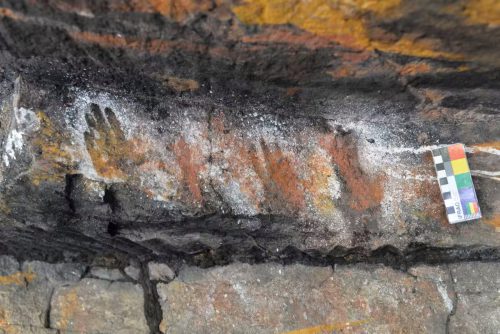
The Amazing Archive of First Nations Stories Written on Stone
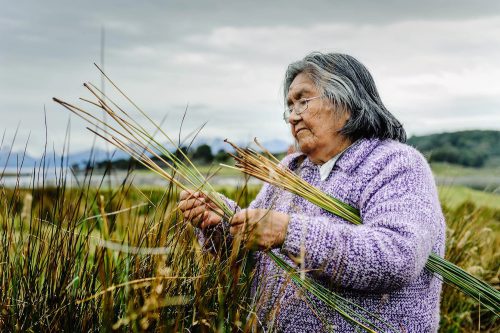
The Yaghan Rise Again
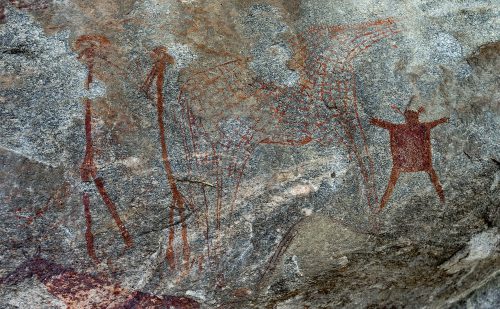
What Ancient DNA Reveals About Life in Africa 20,000 Years Ago
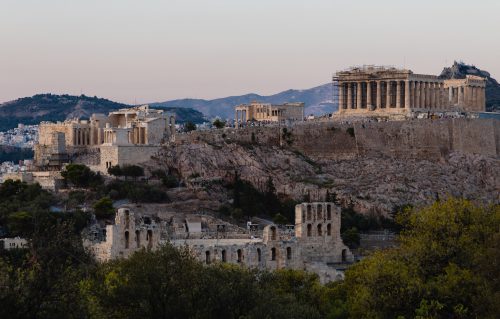
Was the Acropolis a Harem? A Myth of Orientalism
